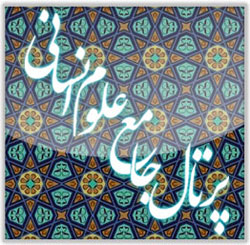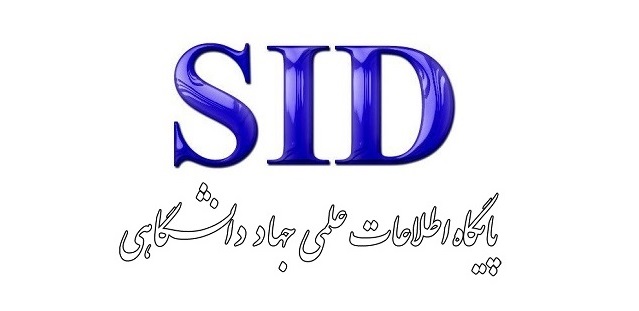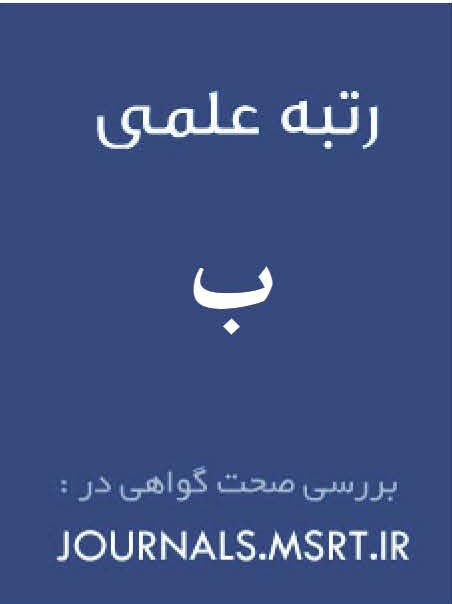Analysis and Interpretation of the Unconscious in Artistic Works with a Psychological and Symbolic Approach
Keywords:
unconscious, philosophy of art, archetype, Freud, painting, artworkAbstract
This study examines the role of the unconscious in the creation of artistic works from the perspectives of psychology and semiotics. Drawing on the theories of Sigmund Freud, Carl Gustav Jung, and Charles Sanders Peirce, an analytical framework for interpreting unconscious content in art has been proposed. Two selected works, The Apparition of Face and Fruit Dish on a Beach by Salvador Dalí and Depth by Jackson Pollock, have been analyzed as prominent examples of the interaction between the unconscious and the creative process. In the experimental section of the study, a method called the "verbal protocol" has been introduced, in which the artist verbally articulates their thought process aloud while creating the artwork. These monologues are recorded, transcribed, and analyzed to identify the unconscious processes influencing artistic creation. The use of the "think-aloud" technique enables the artist to gain a deeper understanding of their creative process and uncover data that may not be explicitly visible in the final artwork. This method not only contributes to discovering the psychological mechanisms underlying artistic expression but can also be applied in fields such as art therapy and cognitive studies of creativity. The study’s findings indicate that the interaction between the unconscious and the conscious in artistic creation is more complex and dynamic than previously assumed.







